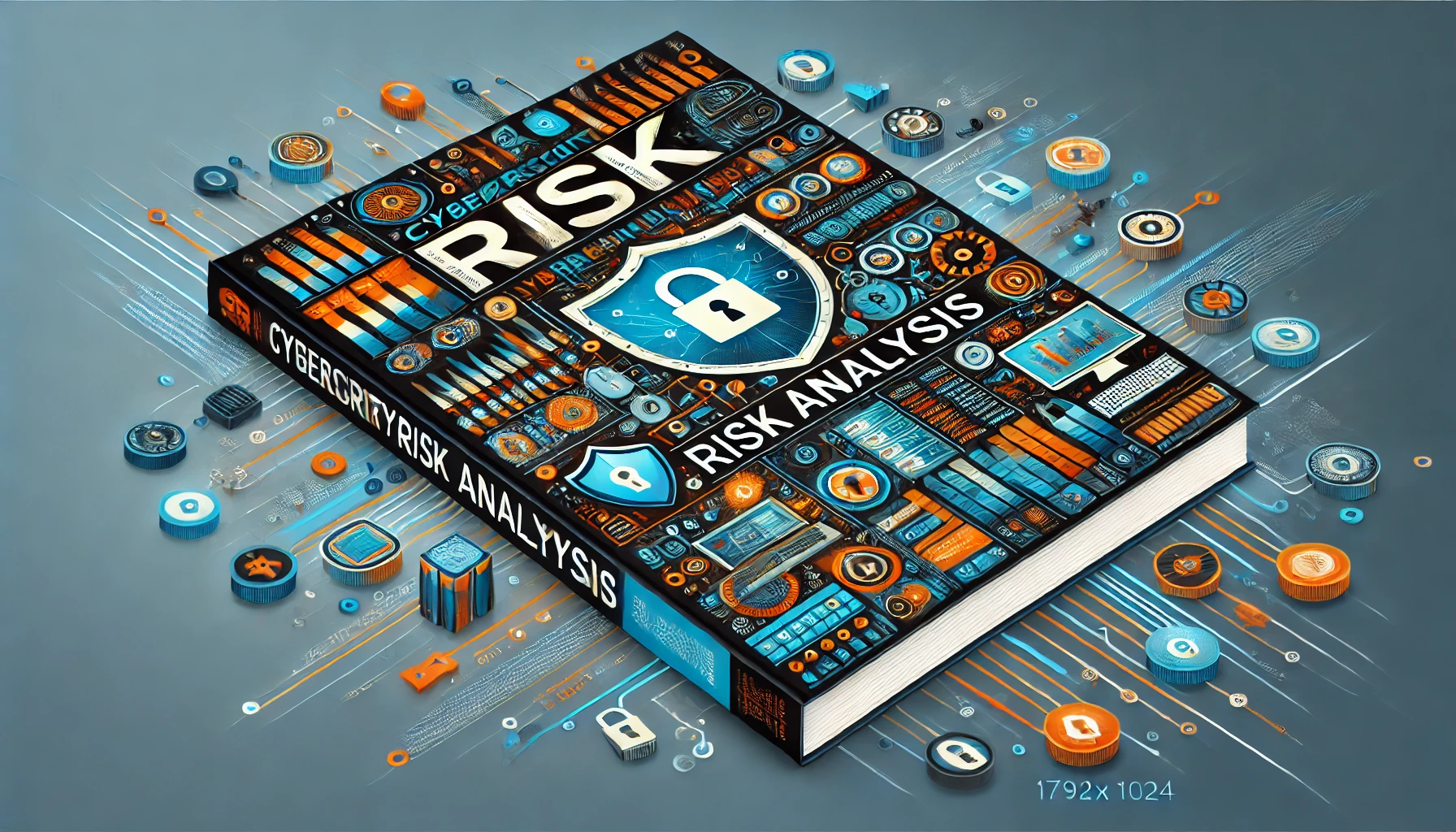
Enhancing Cybersecurity in the Public Sector: Safeguarding Critical Infrastructure
As our society becomes increasingly digitized, the public sector faces unique cybersecurity challenges in safeguarding critical infrastructure and protecting sensitive data. In this blog post, we explore the key aspects of cybersecurity for the public sector and discuss effective strategies to mitigate risks and ensure resilience.
The Growing Threat Landscape
The public sector is an attractive target for cybercriminals due to the vast amount of valuable data and critical services it holds. From government agencies to local municipalities, public sector organizations must be proactive in defending against evolving cyber threats.
One of the primary concerns is the protection of critical infrastructure, such as power grids, transportation systems, and healthcare networks. A successful cyberattack on these systems could have catastrophic consequences for public safety and national security.
Understanding Unique Challenges
Cybersecurity in the public sector faces unique challenges that set it apart from other industries. These challenges include:
- Legacy Systems: Many public sector organizations rely on outdated legacy systems that may have inherent vulnerabilities. These systems require special attention to ensure they are adequately protected.
- Complex Networks: Public sector networks often span across multiple departments, agencies, and levels of government. The complexity of these networks increases the potential attack surface and demands robust security measures.
- Third-Party Risks: Public sector organizations often collaborate with external vendors and contractors, creating additional security risks. Ensuring the security of these partnerships is crucial to maintaining a strong cybersecurity posture.
Effective Strategies for Public Sector Cybersecurity
To address the unique challenges faced by the public sector, organizations must adopt a comprehensive cybersecurity strategy. Here are some key strategies:
- Implement Strong Access Controls: Strict access controls, including multi-factor authentication and role-based access, help prevent unauthorized access to sensitive systems and data.
- Regular Security Assessments: Conducting regular security assessments and penetration testing can identify vulnerabilities and weaknesses before they can be exploited.
- Employee Training and Awareness: Educating employees about cybersecurity best practices and potential threats is crucial. Regular training sessions and simulated phishing exercises can help build a vigilant workforce.
- Incident Response Planning: Developing a robust incident response plan enables swift and effective action in the event of a cyber incident. Regularly testing and updating the plan is essential.
- Collaboration and Information Sharing: Public sector organizations should foster collaboration and information sharing among different agencies and stakeholders. This facilitates the timely exchange of threat intelligence and best practices.
Conclusion
Protecting the public sector from cyber threats requires a proactive and holistic approach. By understanding the unique challenges faced by the public sector, implementing effective strategies, and fostering collaboration, organizations can enhance cybersecurity and safeguard critical infrastructure.
Stay Connected with Secure Debug
Need expert advice or support from Secure Debug’s cybersecurity consulting and services? We’re here to help. For inquiries, assistance, or to learn more about our offerings, please visit our Contact Us page. Your security is our priority.
Join our professional network on LinkedIn to stay updated with the latest news, insights, and updates from Secure Debug. Follow us here.







